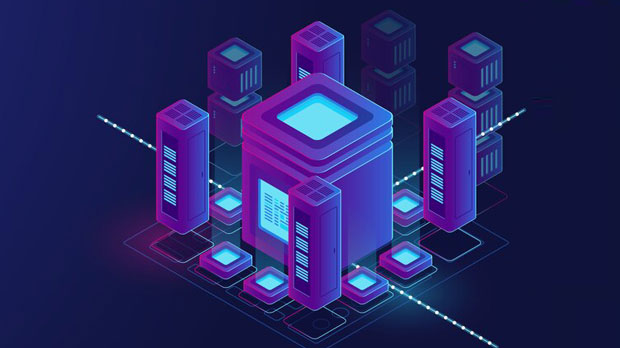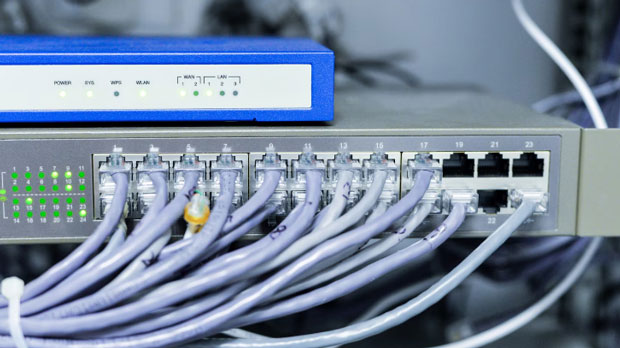When considering tools for managing proxies to avoid IP bans, two popular options are PYPROXY and Squid Proxy. Both offer different functionalities and benefits, but which one is more reliable for preventing IP bans? In this article, we will delve into the core features of each proxy solution, analyze their strengths and weaknesses, and determine which one offers better protection against IP bans. Understanding the nuances of each option can help businesses and individuals choose the most suitable tool for their needs. Introduction to Proxy SolutionsProxy servers act as intermediaries between a user and the internet, allowing for browsing anonymity and IP address masking. Whether used for scraping websites, maintaining anonymity, or accessing geo-blocked content, proxies play a crucial role in preventing IP bans, which can occur when a website detects and blocks repeated access from the same IP address.Two well-known proxy solutions are PyProxy and Squid Proxy. Each has its own unique approach to handling IP bans, with distinct advantages and limitations. Let’s explore their differences in terms of functionality, reliability, and overall effectiveness in preventing IP bans.Understanding PyProxyPyProxy is a relatively modern, lightweight proxy tool built with Python, designed for flexibility and ease of use. It offers various features that make it a solid choice for managing proxy requests and preventing IP bans.Advantages of PyProxy:1. Dynamic IP Rotation: PyProxy allows for dynamic IP address rotation, which helps in distributing traffic across multiple IP addresses. This reduces the chances of an IP being flagged and banned by websites. It’s particularly effective when scraping large volumes of data or when high anonymity is required. 2. Ease of Integration: Since it’s built with Python, PyProxy can be easily integrated with other Python-based projects, making it ideal for developers looking to automate web scraping, API usage, or even simple browsing tasks.3. Customizability: PyProxy’s open-source nature allows for extensive customization. Developers can fine-tune its features according to specific needs, making it highly adaptable to different scenarios, such as scraping or accessing geo-restricted content.Disadvantages of PyProxy:1. Limited Documentation and Community Support: As a newer tool, PyProxy may lack the extensive documentation and community support that older tools like Squid have. This can make troubleshooting more challenging, especially for users unfamiliar with Python.2. Potential for Misconfigurations: Given the flexibility and customization options, there’s also a risk of misconfigurations that could lead to inefficient proxy management or unintended exposure of IP addresses.Exploring Squid ProxySquid Proxy has been a mainstay in the proxy server world for decades. It’s a robust, high-performance proxy caching solution that supports various proxy protocols, including HTTP, HTTPS, and FTP. Squid is often used by enterprises and organizations to manage web traffic and ensure better security and anonymity.Advantages of Squid Proxy:1. Mature and Proven Technology: Squid has been around for a long time and has a well-established reputation for reliability. It is widely used by businesses and service providers to manage proxy traffic effectively and prevent IP bans.2. Advanced Caching Mechanisms: One of Squid’s strengths is its ability to cache content. This can reduce the number of requests made to a server, decreasing the likelihood of an IP being flagged for making too many requests in a short period.3. Access Control and Authentication: Squid offers advanced access control features, including IP whitelisting and authentication mechanisms. This allows administrators to manage proxy usage more effectively, ensuring that only authorized users can access the service, which helps reduce the risk of detection and banning.4. Scalability: Squid’s robust architecture allows it to scale efficiently, making it suitable for businesses with high traffic demands. Whether you are managing a small office or a large enterprise, Squid can handle the increased workload.Disadvantages of Squid Proxy:1. Complex Configuration: Squid’s configuration can be complex, particularly for users unfamiliar with network management. The setup process involves configuring various parameters to ensure effective use, which can be time-consuming and prone to error.2. Heavy Resource Usage: Due to its advanced features and caching mechanisms, Squid can be resource-intensive. This may not be ideal for users who need a lightweight, easy-to-deploy solution.How PyProxy and Squid Proxy Handle IP BansBoth PyProxy and Squid Proxy aim to reduce the likelihood of IP bans by managing traffic flow and masking IP addresses. However, their approaches vary significantly.IP Rotation and Anonymity:PyProxy is particularly well-suited for rotating IP addresses automatically, a critical feature for users attempting to prevent bans during web scraping or similar activities. By rotating through a pool of IPs, PyProxy ensures that websites don’t flag or block a single address for repetitive actions.On the other hand, Squid Proxy, while offering robust caching and access control, doesn’t inherently rotate IPs as frequently as PyProxy. This means that Squid users may need to rely on additional configuration or third-party tools to achieve the same level of anonymity.Caching and Request Handling:Squid Proxy’s caching mechanism reduces the frequency of requests made to a target server, which helps to avoid triggering rate limits and bans. By serving cached content to multiple users, Squid reduces the strain on individual IP addresses.In contrast, PyProxy’s flexibility allows it to focus on rotating through multiple IP addresses, rather than relying heavily on caching. While this ensures better anonymity, it may not reduce the frequency of server requests as effectively as Squid.Which Is More Reliable for Preventing IP Bans?The reliability of each tool in preventing IP bans depends largely on the specific use case. For individuals or businesses focused on high levels of anonymity and the need for continuous IP address rotation, PyProxy is a more effective choice. Its ability to automatically rotate IPs makes it ideal for scraping or accessing content without leaving behind a detectable footprint.However, for businesses that require a more comprehensive proxy solution with additional features like caching, access control, and scalability, Squid Proxy is the more reliable option. Its mature infrastructure and ability to manage web traffic efficiently make it well-suited for enterprise-level needs.In conclusion, both PyProxy and Squid Proxy offer valuable functionalities for preventing IP bans. The right choice depends on the nature of the tasks at hand and the specific requirements of the user. PyProxy excels in scenarios where IP rotation and flexibility are crucial, while Squid Proxy is better for businesses requiring a more robust, scalable solution with advanced traffic management features.
Sep 04, 2025



































































